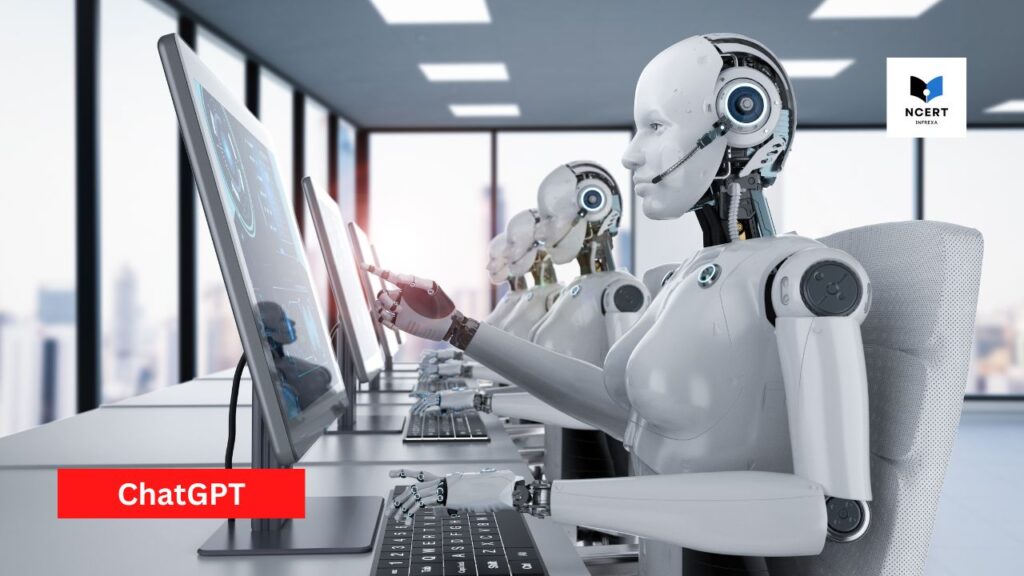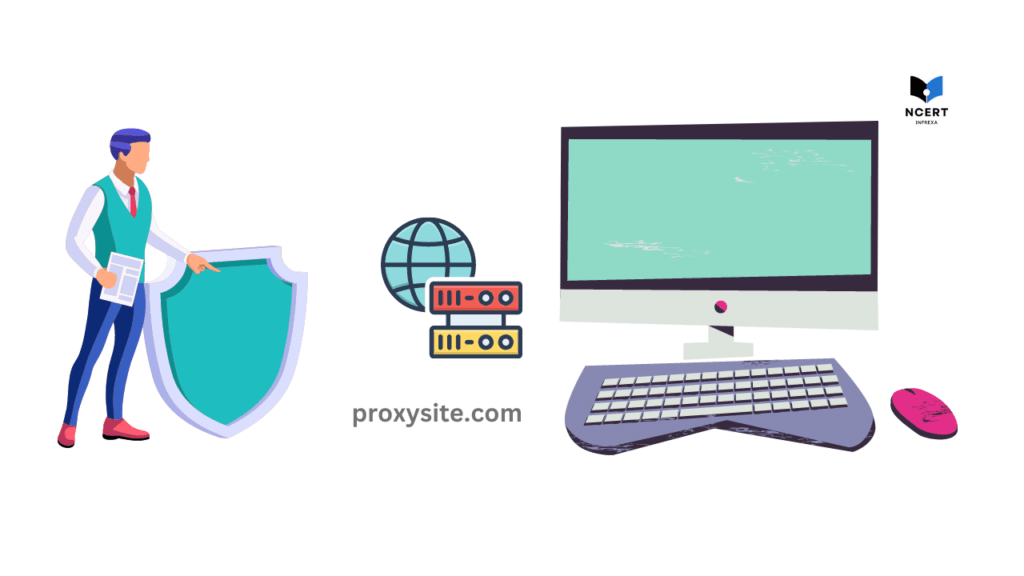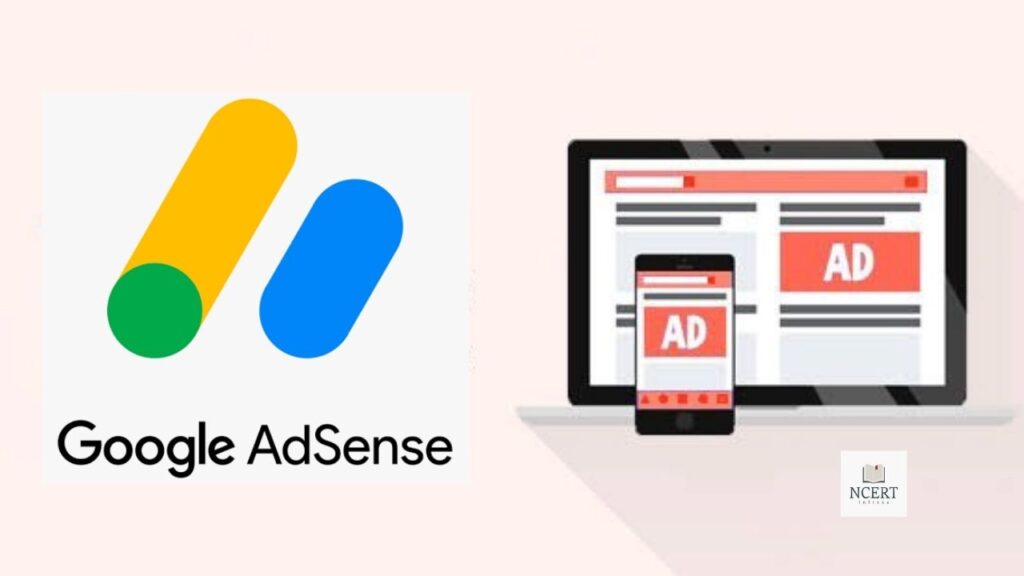Artificial intelligence (AI) has come a long way in recent years. From robots to voice recognition software, AI is present in more and more aspects of our lives. Among these innovations is ChatGPT, a notable advancement in AI developed by OpenAI, that enhances the way we interact with machines.
It provides an interactive dialogue system that allows users to have natural conversations with AI, transforming communication, education, gaming, and more.
What is ChatGPT?
ChatGPT, short for Chat Generative Pre-trained Transformer, is a chatbot that utilizes natural language processing (NLP) to interact with users in a conversational manner.
| Full form | Chat Generative Pre-trained Transformer |
| Developer | OpenAI |
| Release | November 30, 2022 |
| Category | Chatbot |
| Website | https://chat.openai.com |
Developed by OpenAI and released on November 30, 2022, it revolutionizes the way we engage with technology.
Benefits
ChatGPT, powered by the GPT-4 architecture, offers several benefits across a wide range of applications due to its advanced language capabilities. Some of the key benefits include:
- Natural Language Interaction: ChatGPT can understand and generate human-like text, making it easier and more natural to communicate with compared to traditional command-based interfaces.
- Versatility: ChatGPT can be applied to various tasks, such as answering questions, providing explanations, giving recommendations, generating content, and more. Its versatility makes it useful across different industries and domains.
- User Engagement: Incorporating ChatGPT in applications can enhance user engagement by providing interactive and conversational experiences that keep users interested and invested.
- 24/7 Availability: ChatGPT can provide instant responses and assistance at any time, enabling businesses to offer round-the-clock customer support and service.
- Personalization: ChatGPT can adapt its responses based on user input, allowing for personalized interactions and experiences tailored to each user’s needs and preferences.
- Language Translation: ChatGPT can assist with real-time language translation, making it easier to communicate with individuals who speak different languages.
- Content Generation: It can help generate a variety of content, including articles, marketing copy, social media posts, and more, saving time and effort in content creation.
- Learning and Education: ChatGPT can serve as an educational tool, helping students learn by providing explanations, answering questions, and offering insights across different subjects.
- Prototyping and Idea Generation: For designers and creators, ChatGPT can assist in brainstorming ideas, generating concepts, and assisting in the early stages of prototyping.
- Assistive Technology: It can be used to develop applications that assist individuals with disabilities by providing text-to-speech conversion, reading assistance, and more.
- Efficiency in Research: Researchers can use ChatGPT to assist in information gathering, literature reviews, and summarizing research papers, potentially accelerating the research process.
- Enhanced Customer Experience: Integrating ChatGPT into customer service interactions can lead to faster query resolution, more accurate information dissemination, and an improved overall customer experience.
- Creative Writing: ChatGPT can aid creative writers by offering prompts, suggesting plot ideas, and assisting with character development.
- Reduced Workload: By automating routine tasks that involve text-based communication, ChatGPT can help reduce the workload for customer support agents, content creators, and educators.
- Realistic Conversations: ChatGPT can simulate realistic conversations, which can be valuable for training customer service agents and testing conversational interfaces.
How Does ChatGPT Work?
Here’s an overview of how it works:
- Pre-training: ChatGPT is pre-trained on a massive amount of text data from the internet, including books, articles, websites, and more. During pre-training, the model learns to predict the next word in a sentence, effectively learning the patterns, grammar, and context of human language.
- Transformer Architecture: The underlying architecture of ChatGPT is the Transformer, a neural network architecture designed for sequence-to-sequence tasks. It employs attention mechanisms to process input text in parallel and capture long-range dependencies between words.
- Fine-tuning: After pre-training, ChatGPT is fine-tuned on specific tasks or domains to make it more useful and controlled. Fine-tuning involves training the model on narrower datasets with labeled examples to tailor its behavior for desired applications.
- Input Encoding: When you provide a prompt to ChatGPT, the model encodes the input text into numerical representations that it can process. These representations capture the semantics, syntax, and context of the text.
- Contextual Understanding: ChatGPT uses its understanding of the input context to generate coherent and contextually relevant responses. It leverages its pre-trained knowledge of language patterns and associations to predict the most likely next word or phrase.
- Response Generation: The model generates responses word by word, considering both the input prompt and the context it has learned during pre-training and fine-tuning. It takes into account the preceding words to ensure coherent and meaningful responses.
- Probability Distribution: For each word in the response, ChatGPT generates a probability distribution over the entire vocabulary. It selects the word with the highest probability as the next word in the response, often aiming to produce grammatically correct and coherent sentences.
- Relevance and Coherence: ChatGPT aims to generate responses that are relevant to the input and coherent with the context. It uses its understanding of language and learned patterns to produce responses that sound human-like and contextually appropriate.
- Controlled Output: Fine-tuning allows developers to control the behavior of ChatGPT by specifying the task, domain, or style they want the model to exhibit. This helps ensure that the generated responses align with the intended purpose.
- Safety Measures: OpenAI has implemented safety measures to prevent the generation of inappropriate or harmful content. Moderation and content filtering techniques are employed to mitigate risks associated with unintended output.
Pros and Cons
There are many potential benefits of using ChatGPT. For example, it could help you improve your writing skills by providing feedback on your essay in real time. Additionally, it could help you save time by automatically generating essays for you. However, there are also some potential drawbacks to using it.
- Pros:
- Improved Writing Skills: ChatGPT can provide real-time feedback on essays, helping users improve their writing.
- Time-Saving: It can generate essays and other content automatically, saving time for users.
- Information Verification: ChatGPT can highlight factually incorrect lines and provide corrected data.
- Cons:
- Accuracy Issues: The AI may make mistakes in essays or provide unhelpful feedback.
- Factual Limitations: It may not generate factual information for all topics or with human-like emotional accuracy.
- Lack of Current Events Data: It may not provide up-to-date information related to current events.
Potential Side Effects
- Misinformation Spread: ChatGPT can unintentionally spread misinformation if it provides inaccurate or outdated information. For example, in a customer service setting, giving incorrect product information can lead to customer dissatisfaction.
- Dependency: Over-reliance on ChatGPT for tasks like writing or decision-making can reduce critical thinking and creativity among users. In educational settings, students might become too dependent on AI-generated answers instead of learning the material themselves.
- Bias and Ethical Concerns: Despite safety measures, ChatGPT might still exhibit biases present in the training data, potentially leading to biased or unethical outputs in sensitive contexts like hiring processes or legal advice.
How to Use ChatGPT
To use ChatGPT, visit OpenAI ChatGPT and create an account with a valid email address. Developers can access the source code on GitHub and follow the provided guide to set up and use the chatbot.
Alternatives
- Dialogflow by Google Cloud: A powerful platform for building conversational experiences across multiple platforms and devices.
- Microsoft Bot Framework: Allows you to create intelligent bots for various channels, including web, mobile apps, and messaging platforms like Microsoft Teams.
- Amazon Lex: A service by Amazon Web Services that enables you to build and deploy chatbots for applications and platforms, designed to integrate seamlessly with Amazon Alexa.
- Rasa: An open-source framework for building AI-powered chatbots and conversational assistants.
- IBM Watson Assistant: A platform for building AI-powered chatbots and virtual assistants.
- Chatfuel: A user-friendly chatbot platform for creating chatbots for Facebook Messenger without coding.
- Botsify: A chatbot builder with a drag-and-drop interface for creating chat.
Future of ChatGPT
ChatGPT has the potential to revolutionize various sectors such as customer service, technical support, online shopping, gaming, Ad Management, and more. As AI technology advances, ChatGPT could evolve into fully-fledged AI assistants capable of handling complex tasks and providing valuable support.
FAQs
Q.1: Is ChatGPT free?
Yes, it is an open AI platform that is free to use.
Q.2: Is it safe for kids?
Yes, it is designed to be a safe and friendly AI companion for children.
Q.3: Can I download ChatGPT?
No, it is currently an online service and cannot be downloaded.




